Replacing Diesel Common Rail Injectors is crucial to maintaining optimal engine performance and reliability. In addition to registering the injector compensation codes in the ECU, proper handling, cleaning, and torque procedures are vital for preventing contamination and ensuring a secure fit. Below are step-by-step instructions on how to safely remove the old injectors and install new ones for best results.
REPLACING A DIESEL COMMON RAIL INJECTOR:
When replacing a Diesel Common Rail Injector, which is marked with a compensation code, it is critical to register the ID code printed on the upper part of the injector using a diagnostic tool. This ID must be entered into the vehicle’s ECU to compensate for injector production tolerances.
INJECTOR REPLACEMENT KEY POINTS:
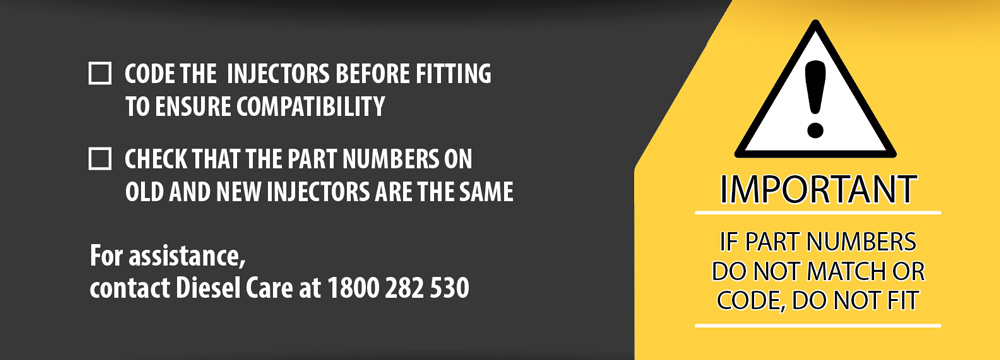
REMOVAL:
1. Depressurise the system – Ensure no pressure is present before opening the high-pressure pipes.
2. Clean the area – Make sure the area around unions is free from dirt or liquids.
3. Use blanking caps – Cover open ports with blanking caps to prevent dust or dirt contamination.
4. Protect the nozzle – Use a nozzle protection cap after removing the injector.
5. Handle carefully – Avoid damaging the injector solenoid during removal from the engine.
RE-INSTALLATION:
1. Note the injector compensation code – Record the compensation code on top of the injector and match it with the corresponding cylinder number for that code.
2. Clear the injector hole – Ensure no obstructions are left in the hole, including the old injectors
seat gasket.
3. If re-using an original injector replace the gasket – Always use a new gasket when reusing
an old injector. New injectors come with a new gasket.
4. Avoid excessive force – Do not apply excessive pressure to the injector solenoid during installation.
5. Follow torque specifications – Fit the injectors using the correct procedure and torque.
To prevent distortion refer to OEM guidelines. Remove blanking caps before reattaching high-pressure
and back-leakage pipes.
DIESEL COMMON RAIL INJECTOR CALIBRATION CODES:
It is important to code your injectors BEFORE fitment to the vehicle. All common rail injectors have unique calibration codes (found on the solenoid or parts sticker) that must be entered into the engine ECU to ensure compatibility. The ECU will confirm if the correct injector is supplied. If the code is not accepted,
it may indicate an entry error or that the injector is incorrect, allowing it to be returned unused.
Here are examples of Bosch, Denso, Delphi and Continental common rail injectors, showing where to locate the calibration codes for each.
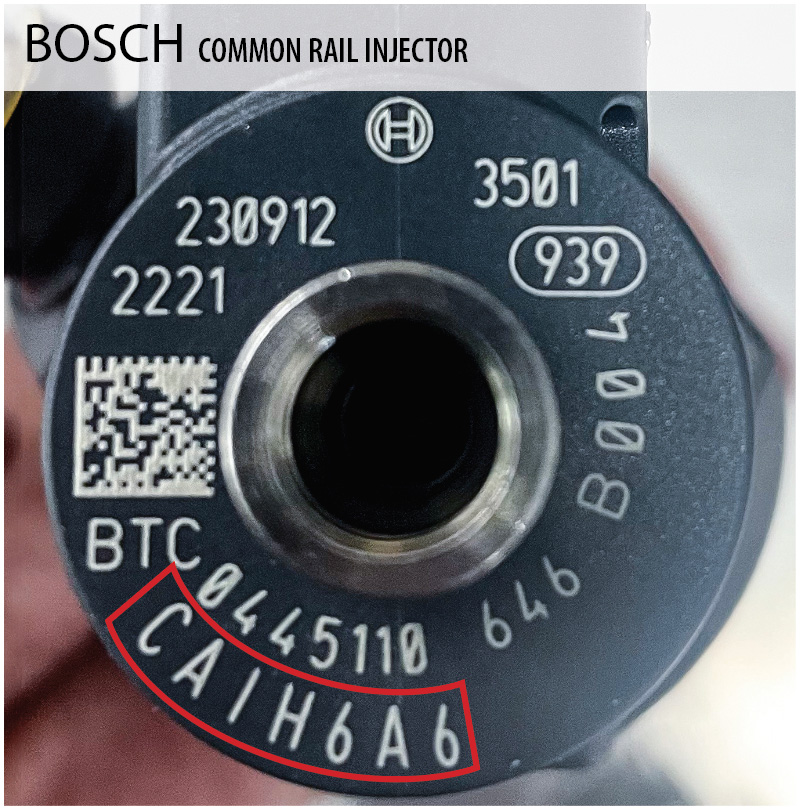
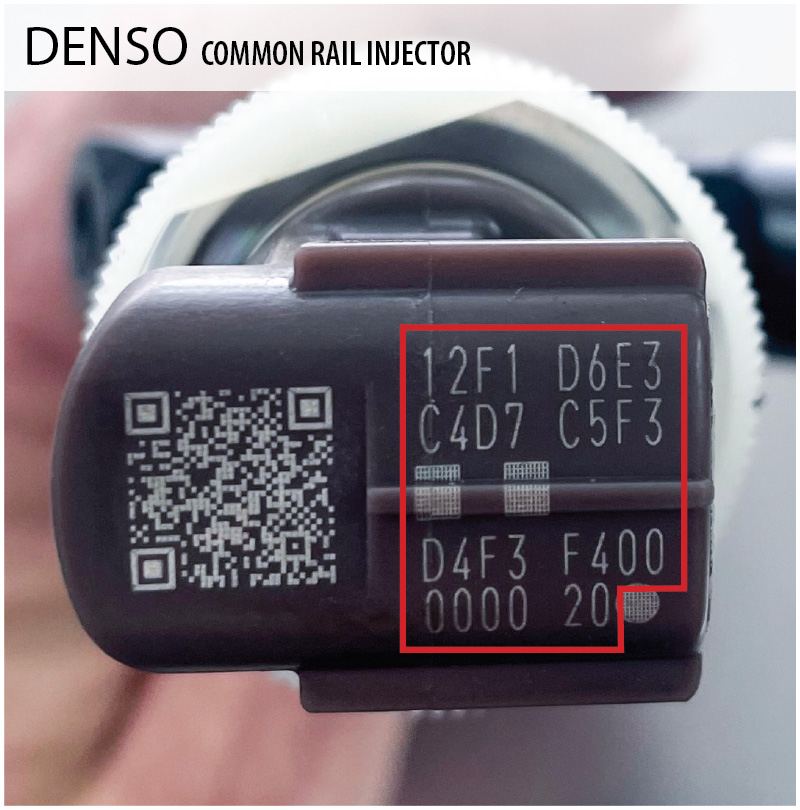
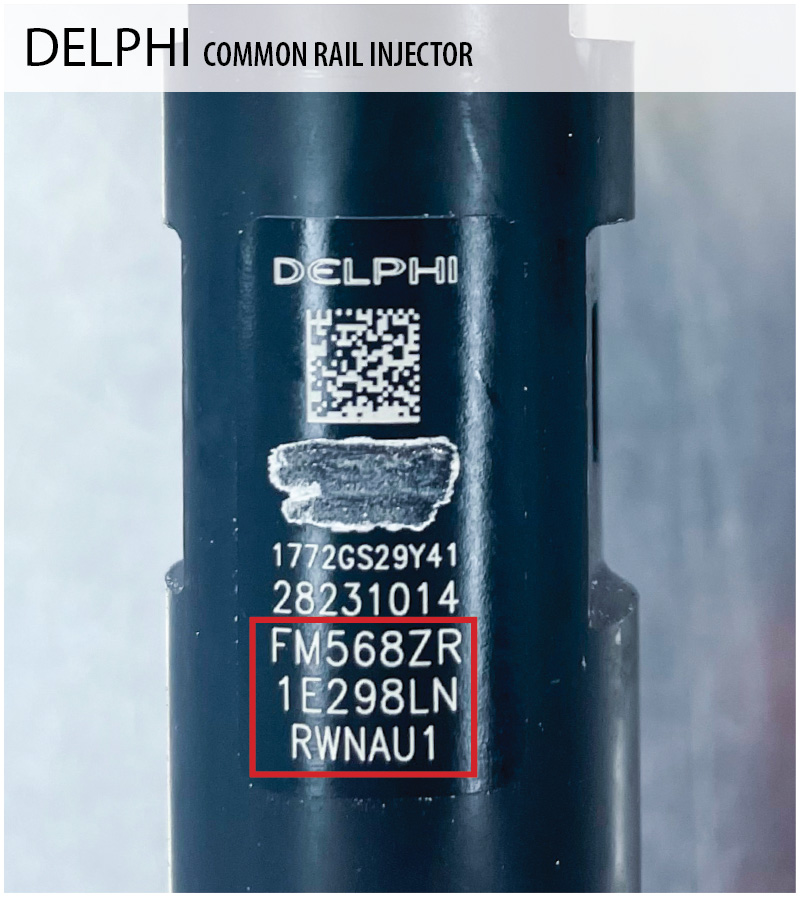
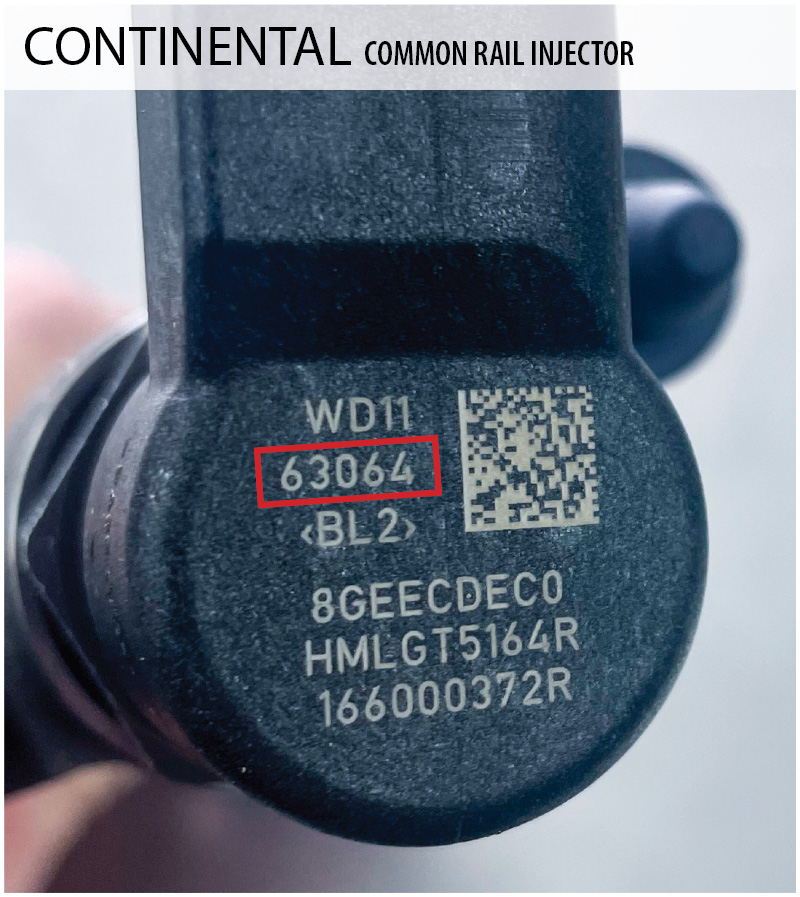
For additional assistance please don't hesitate to contact the Diesel Care Team on 1800 880 150.